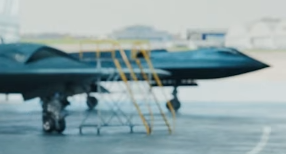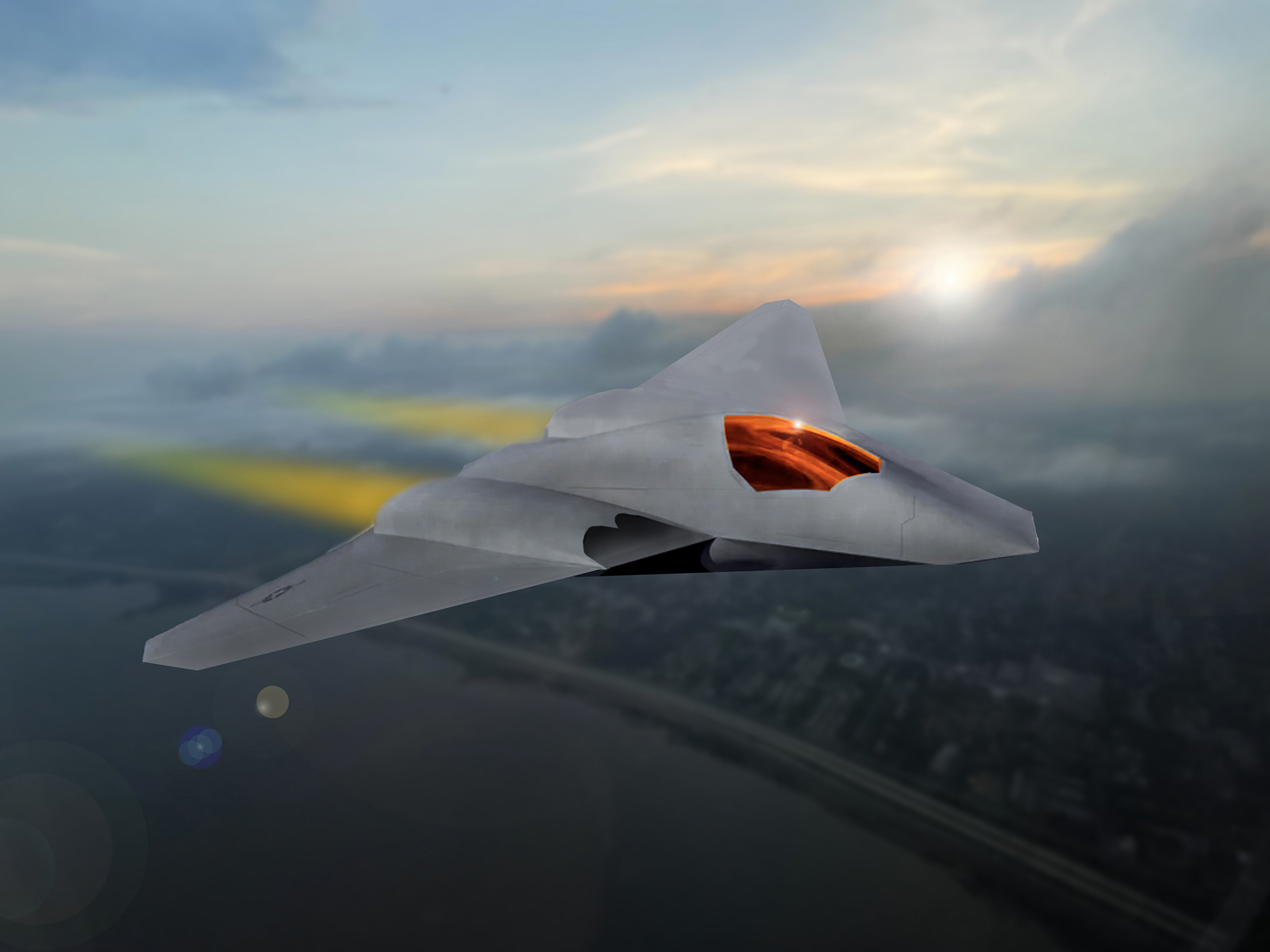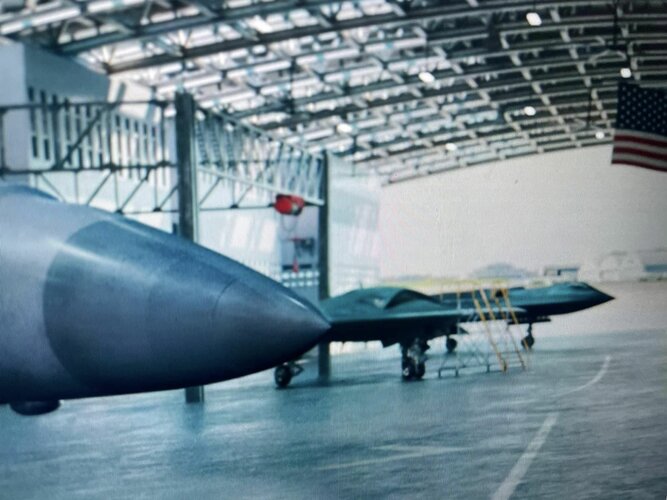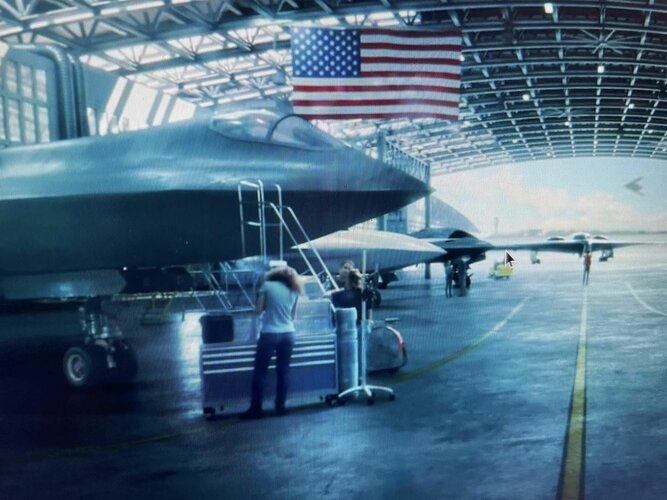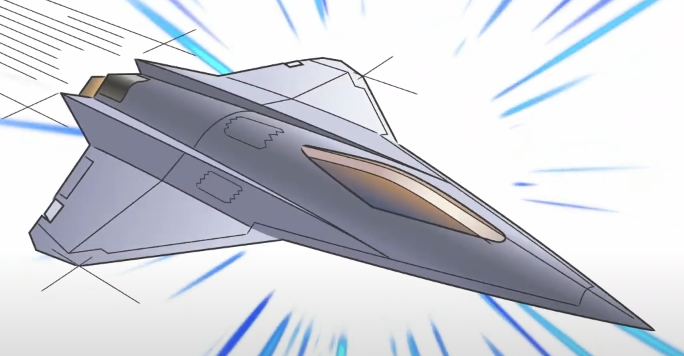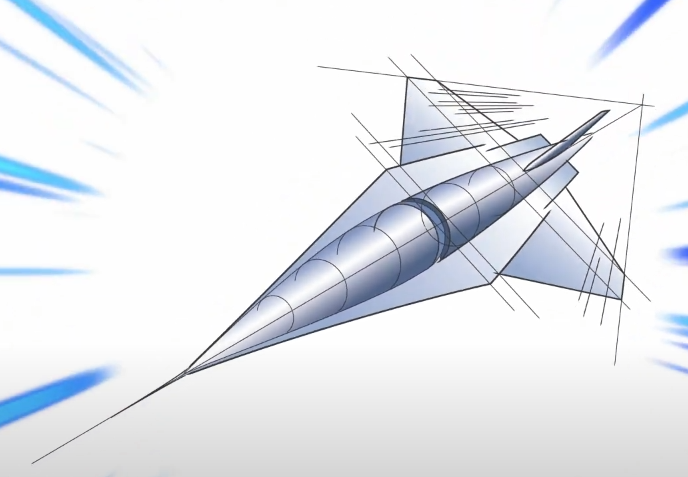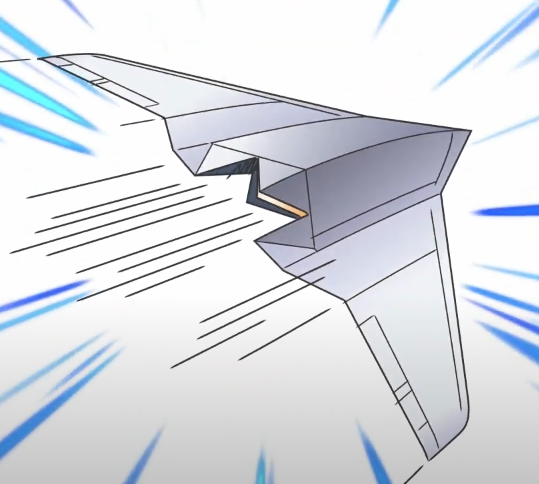It is also quite an assumption that CCAs will require multi seat aircraft to operate. These aircraft are intended to be much more autonomous than prior UAS, and rather than give specific commands to individual or groups of CCAs they will likely be integrated much more organically into the manned aircraft. Preferably, pilots will only have to provide generic commands to any CCAs regarding formations and a few discrete options regarding emissions control for one example. But weapons release for example may only be controlled by the pilot indirectly—when the pilot commands a weapon be released, that weapon could come from any aircraft under their direction, either their own or a CCA, depending on any range of factors. We already see this type of automation with Aegis and CEC, as well as IBCS now, where both systems are totally capable of managing a complex engagement without any operator intervention. It isn't a stretch that this capability could be put into a fighter sized package at this point.

